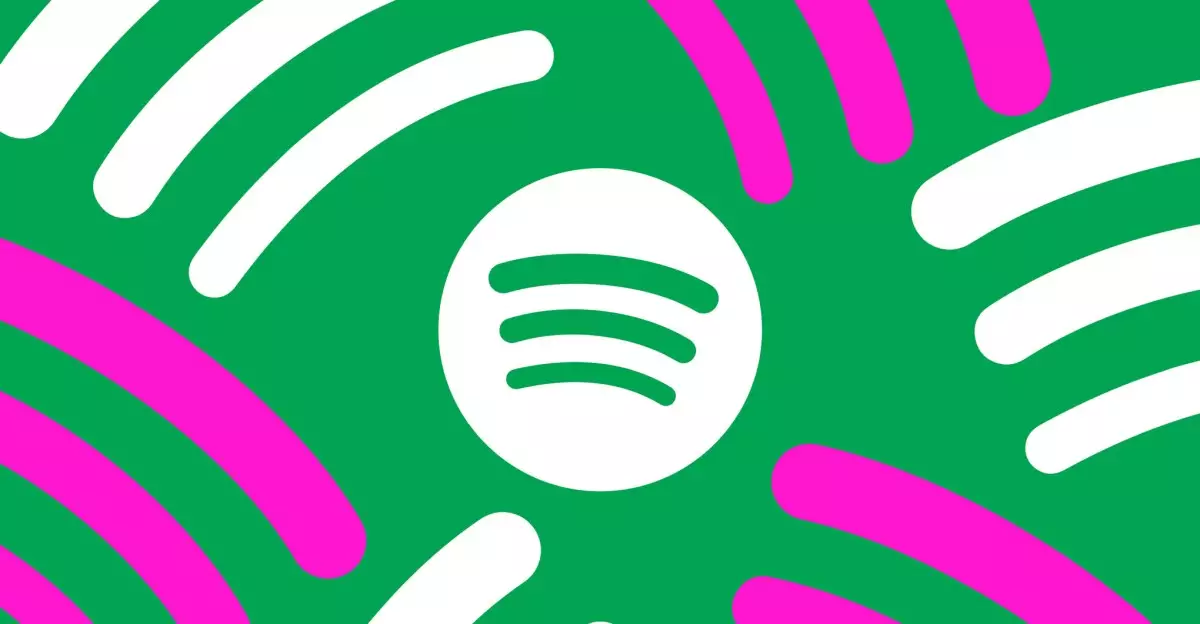Spotify’s recent introduction of audiobook add-ons signifies a pivotal shift in how mainstream streaming platforms are approaching digital book consumption. For years, Spotify has been a juggernaut in music streaming, but with these new features, it attempts to carve out a niche within the crowded audiobook sector. The core idea—allowing users to extend their monthly listening cap from 15 to 30 hours through paid add-ons—sounds promising on paper. Yet, beneath the surface, this strategy reveals underlying limitations and raises questions about how much of a true game-changer it can be.
While doubling the listening cap is technically a step forward, it still falls woefully short for dedicated audiobook aficionados. Long narratives like George R. R. Martin’s *A Game of Thrones* or Brandon Sanderson’s *The Way of Kings* are often heftier than Spotify’s 30-hour limit, effectively putting a cap on truly immersive listens. It’s akin to serving a buffet where the most popular dishes are artificially portioned. More importantly, Spotify’s model focuses on a subscription rather than direct purchase, which could alienate users who prefer owning their favorite titles forever—a cornerstone appeal of platforms like Audible.
The streaming giant’s reluctance or inability to support book ownership directly emphasizes its core business—music. Unlike Audible, which offers a one-time purchase and the promise of perpetual access, Spotify’s approach is built around ongoing subscriptions and timed access. For avid readers and listeners, this may seem like a compromise, especially when considering the pricing. If you’re shelling out around $12 for an add-on to double your listening hours, does it really make economic sense? Audible’s $14.95 monthly fee includes one free book you can keep forever, providing tangible ownership — a feature that appeals profoundly to serious readers.
Economics and Accessibility: Who Wins and Who Loses?
Analyzing the economics from a consumer perspective, Spotify’s model is somewhat restrictive. The $8.99 UK and €12 US add-ons serve as a clever way to generate additional revenue, but they also highlight a strategic focus on convenience over value. Spotify’s market in the UK, Australia, Netherlands, and parts of Europe is being tested, with regional pricing varying accordingly. Yet, the question remains: does this model truly serve the core audiobook audience?
It’s clear that Spotify’s best advantage is convenience. For casual listeners who enjoy shorter books or preference episodic listening, the 30-hour limit might suffice. However, the true enthusiasts—those who devour long-form narratives—are left wanting more. The inability to purchase or own audiobooks outright reduces the platform’s appeal as a comprehensive literary service. Unlike Audible, which offers sales, discounts, and an element of purchasing ownership, Spotify’s system is purely rental-based.
Another layer worth critiquing is the regional disparity. With plans currently only available in select markets, Spotify’s global approach is cautious, perhaps indicating an understanding that audiobooks remain a secondary feature for most Spotify users. But, given the growth in audiobook consumption worldwide, this cautious approach might hinder Spotify’s potential to dominate in an otherwise lucrative segment.
Supporting Creators and Consumers: The Missing Link
A significant concern is Spotify’s handling of author royalties and their support for content creators. While reports suggest Spotify offers better payouts to authors than Audible, the absence of a straightforward purchasing option constrains how listeners can support their favorite authors directly. This disconnect between streaming and purchasing fundamentally alters the reader’s experience. Consumers are spoiled by the convenience of buying a book and owning it outright. Spotify’s current model, emphasizing episodic listening within tight limits, weakens this connection.
Furthermore, the lack of a marketplace for purchasing audiobooks narrows the platform’s utility. Consumers who wish to explore titles outside Spotify’s offerings or own future-proof copies find themselves out of luck. This approach risks turning Spotify into merely a supplementary platform rather than a primary source for audiobooks. For the company’s long-term strategy, enabling seamless purchasing options paired with a subscription model could better serve both creators and consumers—creating a sustainable ecosystem rather than a temporary rental service.
Ultimately, Spotify’s foray into audiobooks indicates a cautious but strategic attempt to diversify its streaming portfolio. It recognizes the lucrative potential of audiobooks but is still grappling with how best to position itself in a sector dominated by players like Audible. While offering larger listening limits enhances value for some users, it remains insufficient for dedicated audiobook fans who crave ownership, longer listening windows, and a more integrated purchasing experience. If Spotify truly aims to compete in this space, it must look beyond incremental limits and rethink its approach to supporting creators, giving users genuine ownership, and unlocking the full potential of audiobooks as a standalone medium.

